Rise of Competitive Gaming
The rise of competitive gaming, or esports, significantly impacts the gaming hardware market. With millions of viewers and participants, esports events have become mainstream, attracting sponsorships and media coverage. This phenomenon has led to an increased demand for high-performance gaming equipment, as players and teams seek to gain a competitive edge. The gaming hardware market is likely to see a boost in sales of specialized peripherals, such as gaming mice, keyboards, and headsets, designed for professional use. Furthermore, the estimated revenue from esports is projected to reach $1.5 billion by 2025, indicating a robust market for gaming hardware tailored to competitive play.
Surge in Gaming Popularity
The gaming hardware market experiences a notable surge in demand, driven by the increasing popularity of gaming among diverse demographics. Recent data indicates that approximately 70% of Americans engage in gaming activities, spanning various platforms such as consoles, PCs, and mobile devices. This widespread engagement fuels the need for advanced hardware, as gamers seek enhanced performance and immersive experiences. The gaming hardware market is thus positioned to benefit from this growing interest, with sales of gaming peripherals and components projected to rise significantly. As more individuals embrace gaming as a primary form of entertainment, manufacturers are likely to respond by innovating and expanding their product offerings to meet the evolving preferences of consumers.
Expansion of Gaming Communities
The expansion of gaming communities, facilitated by online platforms and social media, is a significant driver of the gaming hardware market. Gamers are increasingly connecting with one another, sharing experiences, and forming communities around their favorite games. This social aspect encourages individuals to invest in better hardware to enhance their gaming experience and engage with others. The gaming hardware market is likely to benefit from this trend, as community-driven events and tournaments promote the need for high-quality equipment. As more gamers seek to participate in these communities, the demand for gaming peripherals and systems is expected to rise, further fueling market growth.
Increased Adoption of Virtual Reality
The increased adoption of virtual reality (VR) technology is reshaping the gaming hardware market. As VR gaming becomes more accessible, consumers are investing in headsets and compatible hardware to enhance their gaming experiences. The gaming hardware market is witnessing a surge in demand for VR-capable systems, with sales of VR headsets expected to grow by 25% over the next few years. This trend suggests that gamers are increasingly seeking immersive experiences that VR technology can provide. Manufacturers are likely to respond by developing more advanced VR hardware, further driving growth in this segment of the market.
Technological Advancements in Hardware
Technological advancements play a crucial role in shaping the gaming hardware market. Innovations in graphics processing units (GPUs), central processing units (CPUs), and storage solutions have led to the development of high-performance gaming systems. For instance, the introduction of ray tracing technology has revolutionized visual fidelity, making games more realistic and engaging. The gaming hardware market is witnessing a shift towards more powerful and efficient components, with sales of GPUs expected to grow by 15% annually. As technology continues to evolve, gamers are likely to upgrade their systems to take advantage of these advancements, further driving demand for cutting-edge hardware.

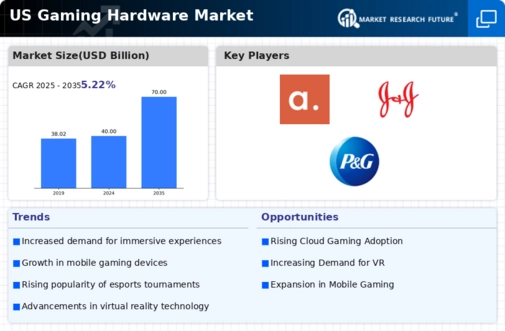
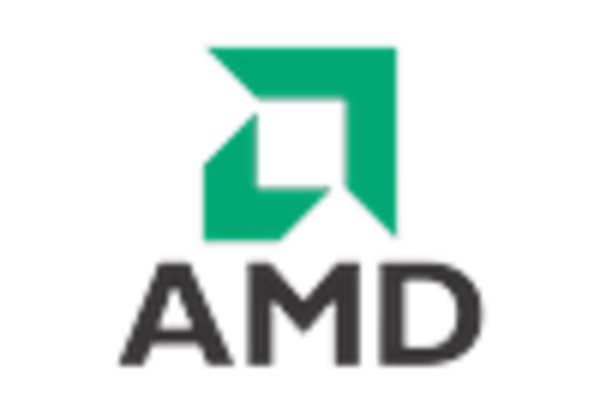
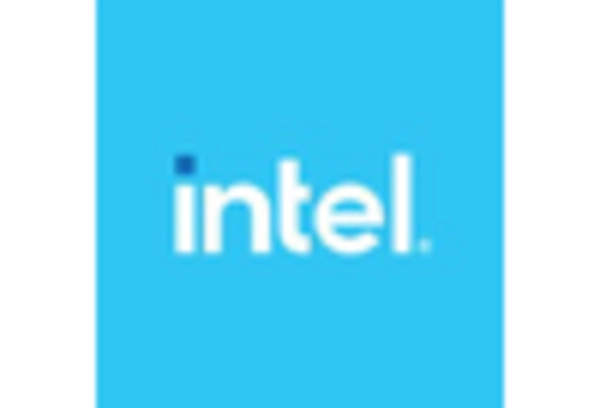
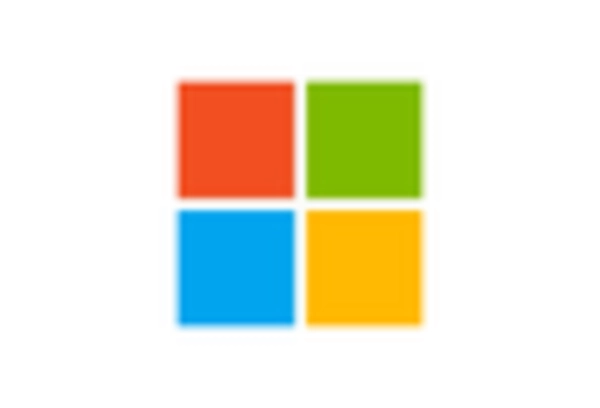
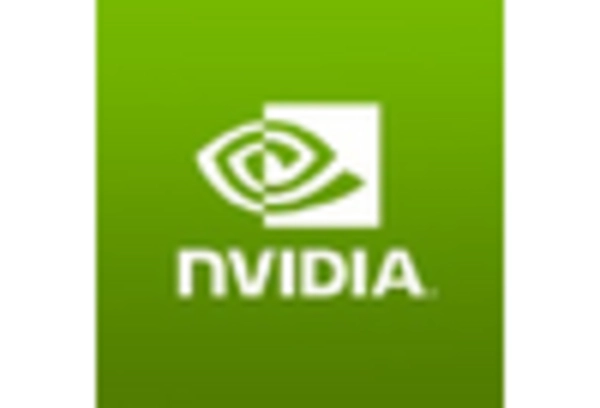

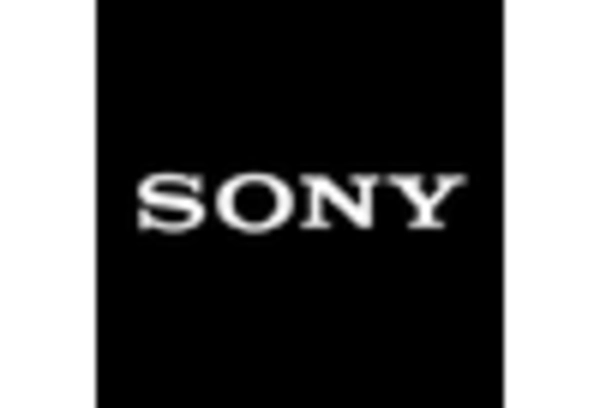








Leave a Comment